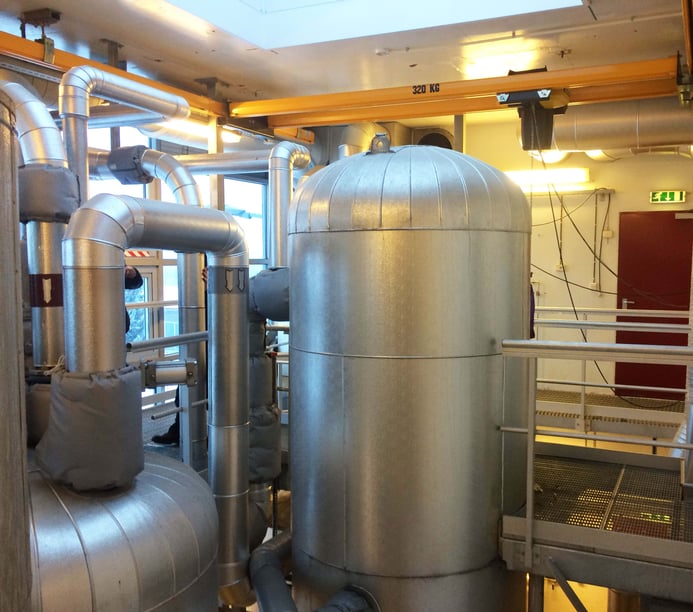THP Upgrades

Maximise Value from Your Existing Assets
Cambi offers a comprehensive portfolio of THP upgrades to help clients improve efficiency, expand capacity, and future-proof their sludge treatment infrastructure. Whether your objective is to optimise energy use, increase throughput, or strengthen operational stability, Cambi’s engineering and technology teams are ready to support you.
Why Upgrade?
- Optimise Efficiency
Reduce energy consumption and improve process performance. - Increase Capacity
Unlock higher sludge throughput from your existing THP plant - Improve Operability
Enhance process stability, automation, and ease of use. - Secure Plant Resilience
Increase robustness, availability, and safety in daily operations.
What We Offer
Cambi provides targeted upgrades for critical components of the THP system, including:
- Pulper Upgrade
Improved sludge mixing and homogenisation performance. - B12 Functionality Upgrades
Introducing Cambi’s next-generation THP functionalities:
- New reactor level measurements connected to the Gamma source removal
- New steam injection configuration
- Removal of the pressure reduction step
- Reactor ventilation under retention
- New blowdown lance configuration
- Process Gas Unit (PGU)
Addition or upgrade of the skid for advanced process gas handling and improved process control
- Flexishaft Pump Conversion
Mechanical enhancement to improve durability and ensure smoother operation. - Control System Upgrade
Digital modernisation to enhance operability, cybersecurity, and process control - Pressure vessels
Addition or refurbishment of the pressure vessels within the THP
Our Approach
Cambi’s expert team delivers holistic, tailored solutions - from evaluation to turnkey implementation.
To determine the most effective upgrade path, we conduct a thorough analysis of the entire sludge line. Every project is ideally supported by a Feasibility Study, which includes:
- Mass and energy balances
- Cost-benefit analysis
- Design recommendations
- Risk identification and mitigation strategies
Ready to transform your waste?
Leave your details below. Our team will reach out promptly to discuss your needs and explain how our innovative thermal hydrolysis solutions can revolutionize your approach to sewage sludge and organic waste management.
